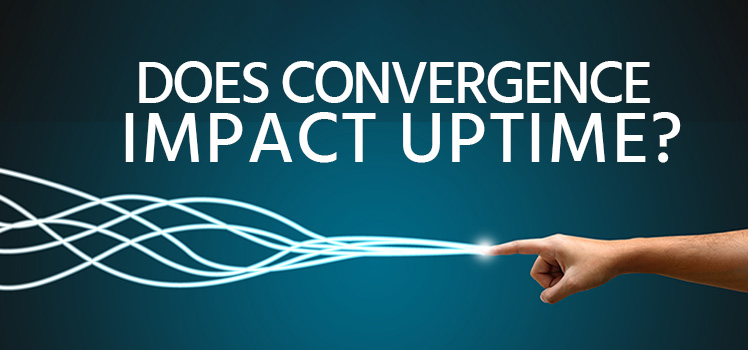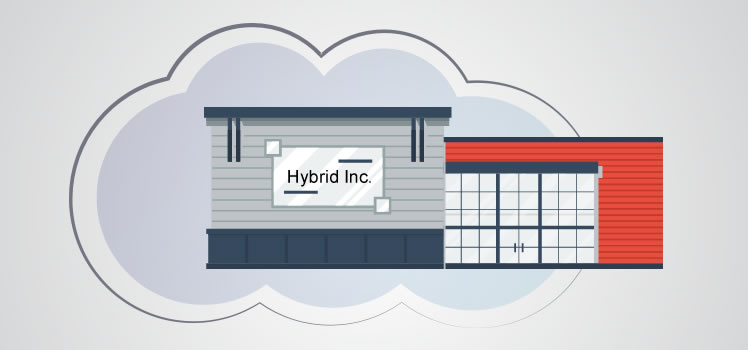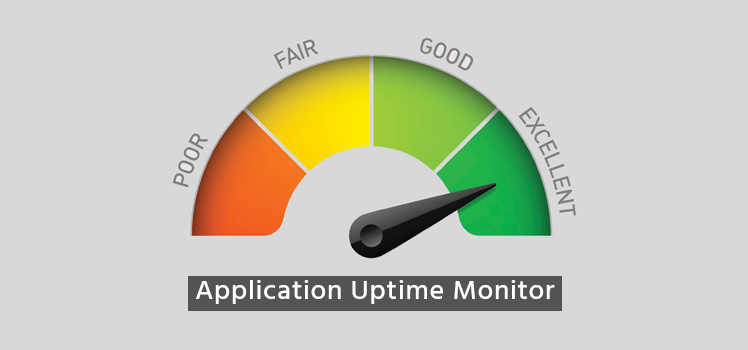Uptime Institute Ensures IT Infrastructure Reliability
When it comes to IT infrastructure, there’s not much room for error. In fact, businesses have come to expect their data technology environment to be completely reliable. As we wrote in “The Essence of Uptime“, “The standard for network uptime is 99.999% availability.” Data center reliability is essential to the success of the enterprise now that we have entrusted virtually all business functions to the digital environment. One way to verify the IT service availability of data centers is through certification from Uptime Institute.
Professional Services Organization
Kenneth G. Brill played a major role in shaping the data center industry. A tribute to Brill by ComputerWorld following his death in 2013 recognized the gifts and vision of the man who founded the Uptime Institute in 1993. The CTO of AOL, Mike Manos, praised Brill, saying, “He single-handedly crafted an industry out of nothing.” Manos credited Brill as a pioneer who left a lasting legacy.
The organization that Brill left behind is recognized around the world, and it calls itself “The Global Data Center Authority®”. The group’s website provides this summary:
“Uptime Institute is an unbiased advisory organization focused on improving the performance, efficiency, and reliability of business critical infrastructure through innovation, collaboration, and independent certifications.”
Rather than providing elaborate details here, we’ll offer some links and brief descriptions of various aspects of the organization. Professional services from the Uptime Institute include:
- Data Center Due Diligence
- Efficient IT Assessment and Stamp of Approval
- Maintenance and Operations (M&O) Stamp of Approval
- Facility Management and Operations (FMO) Services
- Data Center Infrastructure Management (DCIM) Consulting
- Financial, Opportunity, Risk, Compliance, Sustainability and Service Quality (FORCSS®)
The experts at the Uptime Institute are concerned about the data center as a whole — not the viability of a particular device. “We’ve helped enterprise and vendor organizations around the globe design, build, maintain and operate business-critical infrastructure to optimize performance, reliability, and efficiency,” they write.
The Four Tiers
The basis for the Uptime Institute’s highly acclaimed Tier certification hierarchy is their document “Data Center Site Infrastructure Tier Standard: Topology”. You can download the pdf file from the organization’s website. The document provides definitions for the four Tier classifications in their system and explains what is required for compliance to the standard. “Compliance with the standards of each Tier is measured by outcome-based confirmation tests and operational impacts,” according to the document.
What follows are brief snippets taken from the fundamental requirements of each Tier standard:
- Tier I: Basic Site Infrastructure
- Non-redundant capacity components and a single, non-redundant distribution path
- Twelve hours of on-site fuel storage
- Tier II: Redundant Site Infrastructure Capacity Components
- Redundant capacity components and a single, non-redundant distribution path
- Twelve hours of on-site fuel storage
- Tier III: Concurrently Maintainable Site Infrastructure
- Redundant capacity components and multiple independent distribution path
- All IT components are dual-powered
- Twelve hours of on-site fuel storage
- Tier IV: Fault Tolerant Site Infrastructure
- Multiple, independent, physically isolated systems that provide redundant capacity components
- Multiple, independent, diverse, active distribution paths
- All IT components are dual-powered with a Fault Tolerant power design
- Continuous cooling is required
- Twelve hours of on-site fuel storage
Notice that there is a gradual progression from an infrastructure with no redundancy to one that is fully redundant and even fault tolerant. To learn more about the Tier system, you can dig deeper into the Topology document yourself.
Tier Certification
The Uptime Institute has certified over 1000 data centers around the world, as stated in their Tier Certification Overview. The certification programs include:
- Tier Certification of Data Center Design Documents
- Tier Certification of Constructed Data Center Facility
- Tier Certification of Data Center Operational Sustainability
- TIER-Ready for Prefabricated and Modular Data Centers
You can find much more information on the Uptime Institute’s website, including an article about myths and misconceptions regarding the Tier Certification system. A look around the web offers a little more insight. Michael Kassner at TechRepublic questions whether the rating system is too complex and should be simplified. Mohammad Abusaa writes on LinkedIn, “Attaining Tier certification brings a sense of security and confidence to owners and end users of the data center facility….”. And a press release from Forsythe Technology boasts, “Our Tier III certification is an industry-best-practice, third-party validation of Forsythe Data Centers’ redundancy and maintainability.”
“Attaining Tier certification brings a sense of security and confidence to owners and end users of the data center facility….”
Conclusion
Standards and certifications eventually arise in all industries as they mature. Data center technology and practices have come a long way since the huge ENIAC computer was constructed and operated on a large floor space in the 1940s. Cloud computing, convergence, software-defined networking, and virtualization have altered the way we think about IT infrastructure. But no matter how many functions we move to software, there will always be physical hardware somewhere to house the virtual worlds that we create. The data centers that house this hardware demand diligent oversight. After more than two decades, the Uptime Institute remains a valuable resource and certifying authority in the data center industry.
 What is an Application Delivery Network?
What is an Application Delivery Network?  Global Server Load Balancing (GSLB)
Global Server Load Balancing (GSLB)  Measuring Failure
Measuring Failure 


